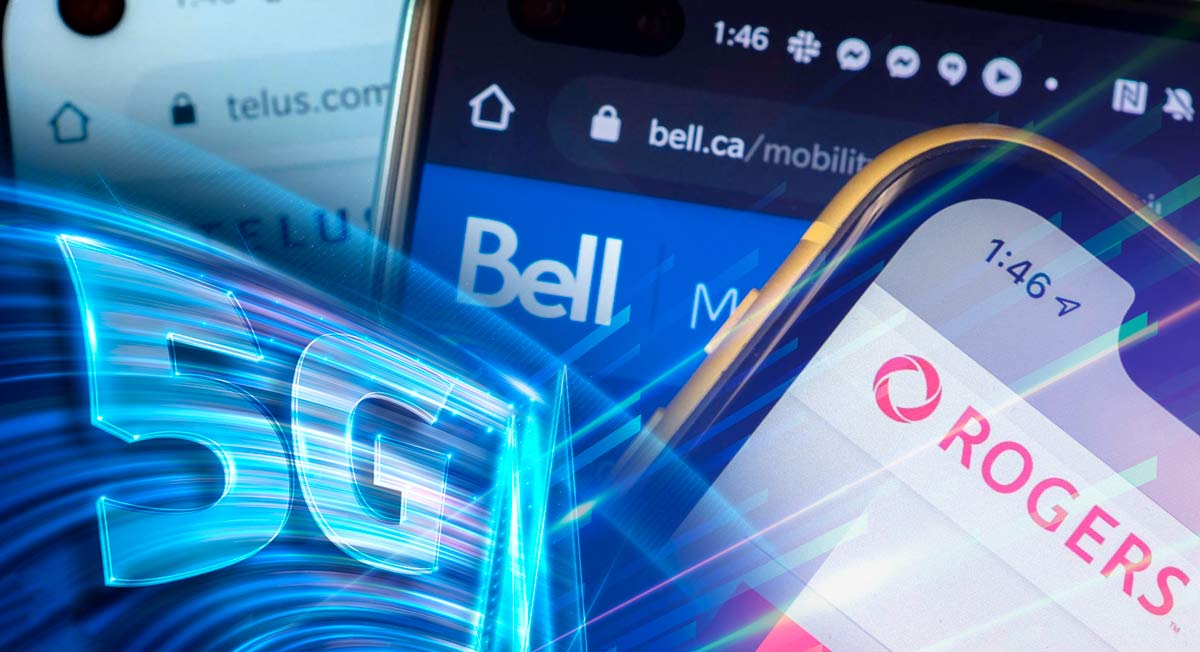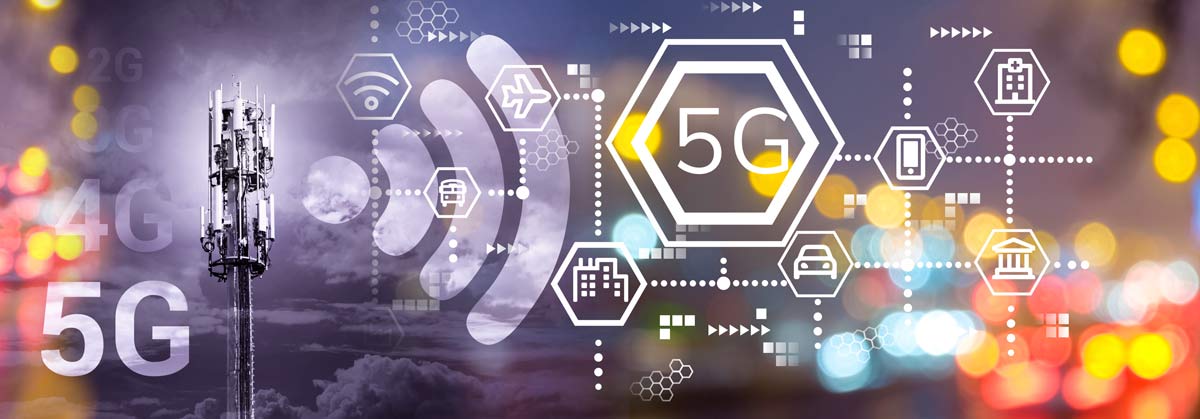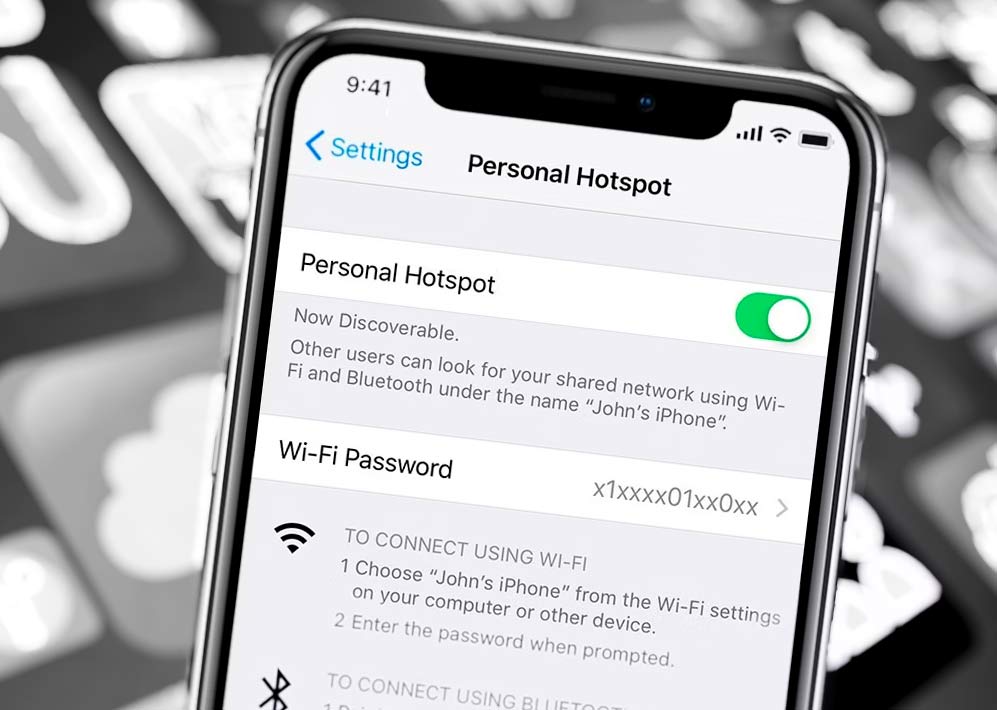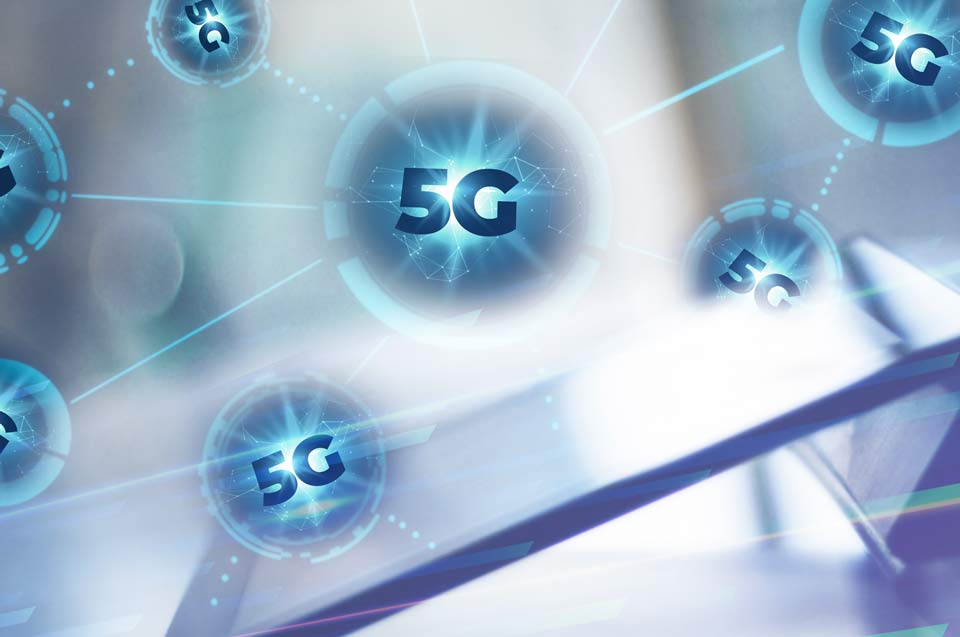iPad 5G Network Speed Test: Rogers, Bell & Telus Compared
The arrival of 5G networks has revolutionized mobile data, offering blazing-fast speeds and improved connectivity for all our devices. This includes the iPad, transforming it from a powerful entertainment tool to a near-replacement for laptops, especially when it comes to downloading large files, streaming high-resolution content, and video conferencing.

This guide dives into the world of 5G for iPads in Canada, specifically comparing the performance of the three major carriers: Rogers, Bell, and Telus. We’ll explore their 5G speeds, coverage areas, and tethering options to help you choose the best provider for your mobile needs.
What Is 5G Technology?
5G (fifth generation) is the latest advancement in cellular network technology. Compared to its predecessors, 4G and 4G, 5G offers significantly faster data transfer speeds, lower latency (the time it takes for data to travel between devices), and the ability to connect more devices simultaneously.

For iPad users, this translates to:
- Smoother streaming: Enjoy flawless playback of high-definition and even 4K content without buffering delays.
- Faster downloads: Download large files, applications, and updates in a fraction of the time.
- Enhanced cloud gaming: Experience lag-free cloud gaming with near-instantaneous responses.
- Improved video conferencing: Enjoy smoother video calls with minimal lag and clearer visuals.
- Increased productivity: Take advantage of cloud-based productivity apps with faster data transfer and reduced wait times.
Feature | 3G | 4G | 5G |
Download Speed | 384 Kbps to 2 Mbps | 100 Mbps to 1 Gbps | 1 Gbps to 20 Gbps |
Latency | 100-500 milliseconds | 20-30 milliseconds | 1-10 milliseconds |
Average Download Time | 1.5 MB/s | 15 MB/s | 100 MB/s to 1 GB/s |
Connectivity | Limited device support | Supports more devices | Massive device connectivity |
Technology | CDMA, UMTS, HSPA | LTE, WiMAX | MIMO, mmWave, beamforming |
Primary Use Cases | Mobile web browsing, email, low-quality video streaming | High-quality video streaming, gaming, mobile broadband | Ultra-HD streaming, AR/VR, IoT, autonomous vehicles, smart cities |
Testing Methodology
To conduct our 5G speed tests, we used a variety of iPads, including the iPad Pro (5th generation) and the iPad Air (5th generation), both of which support 5G connectivity. We performed tests in multiple locations across Canada, covering major cities and rural areas to ensure a comprehensive assessment of each carrier’s performance.
Speed Test Results
Rogers Speed Test
In our tests, Rogers consistently delivered impressive 5G speeds on the iPad. We observed average download speeds of 150-200 Mbps and upload speeds of 50-60 Mbps. The service remained consistent across different locations, with peak download speeds reaching up to 300 Mbps in some areas.
Bell Speed Test
Bell’s 5G network also performed well in our iPad speed tests. The average download speeds ranged from 130-180 Mbps, while upload speeds hovered around 40-50 Mbps. Bell’s coverage area was slightly smaller compared to Rogers, which occasionally impacted speeds in certain locations.
Telus Speed Test
Telus 5G speeds on the iPad were comparable to those of Rogers and Bell. We recorded average download speeds of 140-190 Mbps and upload speeds of 45-55 Mbps. Telus’ network demonstrated excellent reliability and consistency, particularly in urban settings. However, speeds in rural areas were slightly lower than those observed by Rogers and Bell.
Rogers, Bell, and Telus Compared
To better understand the differences between Rogers, Bell, and Telus in terms of 5G performance on the iPad, we have compiled a comparative table:
Carrier | Average Download Speed | Average Upload Speed | Coverage Breadth & Quality | Performance in Different Environments |
Rogers | 150-200 Mbps | 50-60 Mbps | Excellent | Strong performance in both indoor and outdoor settings, as well as urban and rural environments |
Bell | 130-180 Mbps | 40-50 Mbps | Good | Solid performance in most locations, with slightly weaker coverage compared to Rogers and Telus |
Telus | 140-190 Mbps | 45-55 Mbps | Excellent | Consistent performance across various locations, with a slight advantage in urban settings |
Based on our analysis, Rogers demonstrates a marginal lead in terms of average download and upload speeds. However, it is important to note that all three carriers deliver impressive 5G performance on the iPad, with speeds consistently surpassing 100 Mbps.
When considering coverage breadth and quality, Rogers and Telus have a slight advantage over Bell. These two carriers maintain strong and reliable 5G signals across a wide range of locations, including both indoor and outdoor settings, as well as urban and rural environments. Bell, while still providing solid coverage, may experience slightly weaker signal strength in certain areas compared to its competitors.
Overall, iPad users can expect fast and reliable 5G performance on any of these three networks, with Rogers offering a small advantage in terms of speed and coverage. The choice between carriers may ultimately depend on factors such as local coverage, pricing, and individual needs.
Tethering Your iPhone Data Plan to an iPad
For iPad users who don’t have a dedicated 5G data plan, tethering an iPhone data plan is a viable option. Tethering involves sharing your iPhone’s cellular data connection with your iPad, essentially turning your iPhone into a mobile hotspot. Here’s how to set it up:
- On your iPhone, go to “Settings” > “Cellular” > “Personal Hotspot.”
- Toggle on “Allow Others to Join.”
- Connect your iPad to your iPhone’s hotspot using Wi-Fi, Bluetooth, or USB.

Important Considerations for Tethering
- Data Usage: iPad tethering can consume a significant amount of data depending on your usage. Be mindful of your data plan limitations and avoid excessive downloads or streaming while tethered.
- Battery Life: Both your iPhone and iPad will experience faster battery drain when tethered. Consider carrying a portable charger if you plan to tether for extended periods.
- Carrier Restrictions: Some mobile carriers might limit or charge extra for tethering data usage. Check your plan details or contact your carrier for clarification on their specific tethering policies.

To optimize iPad tethering performance and minimize data consumption, consider the following tips:
- Disable background app refresh on your iPad.
- Lower the screen brightness on both devices.
- Avoid data-intensive activities like streaming video or downloading large files.
- Monitor your data usage regularly.
Our 5G speed tests on the iPad revealed that Rogers, Bell, and Telus all deliver impressive performance, with Rogers holding a slight edge in terms of speed and coverage. iPad users can expect fast downloads, smooth streaming, and reliable connectivity on any of these networks.
For those without a dedicated iPad data plan, tethering an iPhone can be a convenient solution, albeit with some limitations. By understanding the costs and restrictions associated with tethering and following best practices for data management, iPad users can still enjoy the benefits of 5G speeds on the go.
